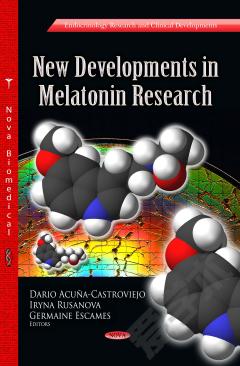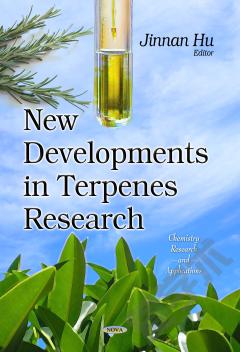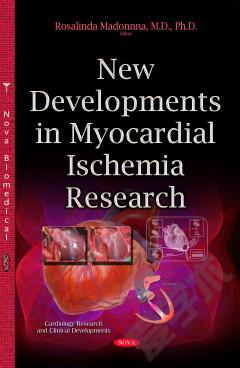New Developments in Melatonin Research
Melatonin was discovered in 1958 and has been the object of study from many points of view, including its synthesis, features, functions, and mechanisms of action in plants and animals. At present, there has been a tremendous amount of knowledge about this molecule. Initially considered a simple pineal neurohormone responsible for the regulation of the circadian rhythms of reproduction, it is now considered an outstanding molecule with antioxidant, anti-inflammatory, neuromodulatory and cytoprotective properties. This book reviews the presence, mechanisms of action, and regulation of melatonin in plants, vertebrates, and mammals including humans. Clinical aspects of melatonin in human pathology are also covered. Among them, melatonin may be useful in the integrative aspects of cancer therapy either as a unique agent or in combination with other standard therapies. Administration of melatonin did not only show a promising role on the inhibition of numerous cancer pathways by its oncostatic properties, but also improved the quality of life and functional status in patients suffering from aggressive cancers, such as breast, prostate, colorectal, liver, and pancreatic cancer. The book also collects evidence from many research laboratories with special emphasis on the clinical aspects and potential uses of melatonin in several diseases. In light of the new findings, the information provided in this book has huge importance for considering melatonin in clinical practice for a wide range of diseases, and also for the development of new selective agonists of receptors and intracellular targets of melatonin.
{{comment.content}}








 京公网安备 11010802027623号
京公网安备 11010802027623号